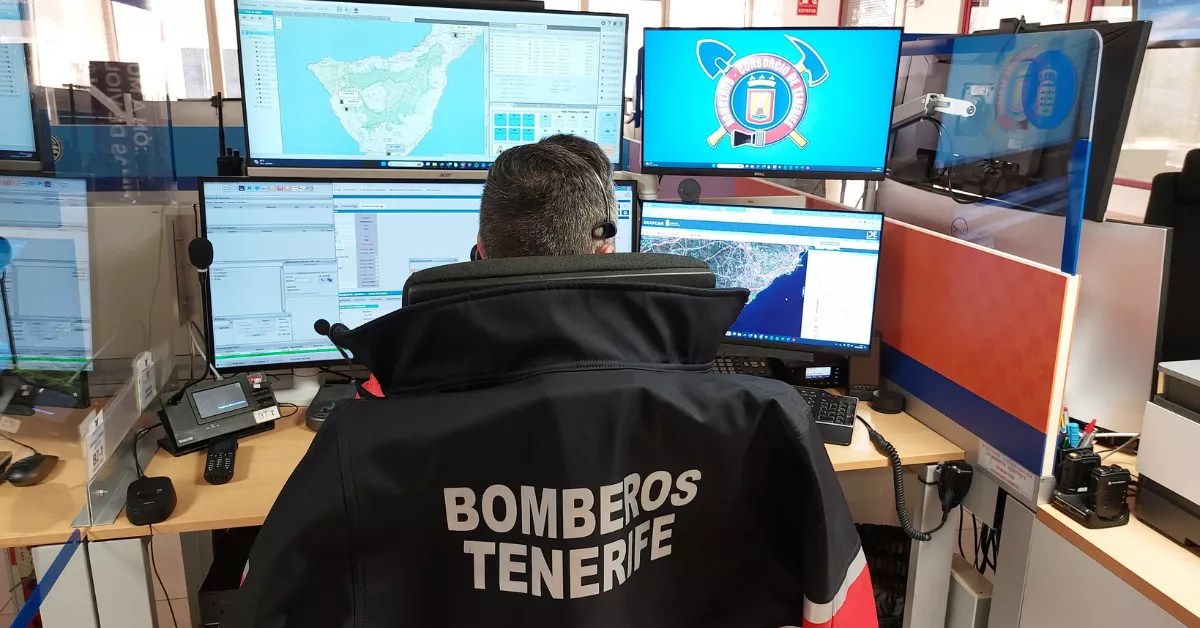It is the 50th anniversary of the inauguration of the Gran Tinerfe, the first hotel built in Playa de Las Américas, which became the beacon that would mark the urban takeoff of the great tourist city in the south of Tenerife after the Catalan industrialist Rafael Puig Llivina and his son Santiago Puig Serratusell arrived on the Island in 1965 and decided to make a firm commitment to creating a major tourist attraction in the middle of a vast desert.
After the approval, in 1968, of the first and second phases of the Playa de Las Américas Special Planning Plan, in the municipality of Adeje, the first apartments in the area had previously been built: Acapulco, Copacabana, Viña del Mar, the urbanization Bungamérica, Troya and Paraíso del Sol.
The next step for the Puig family was to attract investors to build hotels with at least four stars, in order to provide added value to the area and attract a more select visitor profile. The strategy bore fruit and Gran Tinerfe began to be built by businessman Cándido Luis García Sanjuán, owner of the emblematic Tenerife Playa hotel, which began receiving tourists in the early 1960s in the Cross port.
The decision of this investor acquired a special value as he was the only hotelier with interests in the north of the island who envisioned a horizon of prosperity in the south. Most businessmen, even having liquidity, experience and contacts with tour operators, would let the opportunity pass, because they did not fully believe in the future of the area.
The Puig family put García Sanjuán on the table with an irrefutable offer, selling him the land next to Bobo beach for 500 pesetas per square meter, with all the basic services installed. Even so, it was one thing to buy the site and another was the huge economic effort involved in building an emblematic hotel.
Although its design did not present great architectural boasts, the magnitude of the construction became a symbol of modernity for the region and the Island. The Gran Tinerfe, with a four-star category and 360 rooms, opened its doors in 1972 and would leave Its mark is the artist from Lanzarote César Manrique, author of the design of its two lake-shaped pools.
A few months after its opening, the hotel received a visit that raised great expectations and that meant support for the new tourist demarcation of Tenerife, when the then princes of Spain, Juan Carlos and Sofía, stayed in its facilities for four days, accompanied of his three children.
The establishment was the magnet that Santiago Puig needed to attract new investors. In fact, the following two hotels would not take long to arrive: the Troya, in 1973, of the Barcelona chain Hesperia, and the Europe, at the end of 1974, thanks to the investment of the German businessman Karl F. Gassmann and his son Axel .
But long before the foundations for the hotel and non-hotel facilities in Playa de Las Américas were laid, hard work had to be done, starting from scratch, to lay the foundations for the basic infrastructure of the development.
In June 1966, the company Playa de Las Américas SA was incorporated and work began at a frenetic pace at a time when Central European and Nordic tourism was beginning to fill the incipient accommodation facilities on the Mediterranean coast and in Puerto de la Cruz. coinciding with an expansionary cycle of the main European economies.
The Puig family assumed the water pipes on its own initiative, ceded two plots of land to Telefónica and the electricity company Unelco for the installation of a power plant and a substation, respectively, participated in the construction of two treatment plants and planted 5,000 palm trees imported from Elche.
Given the economic precariousness of the municipalities, in the following 15 years he faced all the necessary fronts to guarantee the viability of the project. In addition to selling lots, looking for and trying to convince developers, Santiago Puig supplied the water, covered the costs of public lighting, planted green areas, paved streets and took care of the sewage system and pumping stations. A task in which he had the collaboration of quantity surveyor José Luis González de Chaves.
Today, 50 years after the opening of its first hotel, Playa de Las Américas is one of the main tourist destinations in Spain and Europe. A reality that was difficult to imagine when Rafael Puig Llivina and his son Santiago landed for the first time in Tenerife after the director of a Barcelona bank suggested the Catalan industrialist explore the possibility of developing the south of Tenerife for tourism.
Previously, the builder Luis Díaz de Losada and the landowner Antonio Domínguez Alfonso had told the Catalan banker their intention to carry out a project that sounded reckless and that required a brave, almost heroic, investor.
















